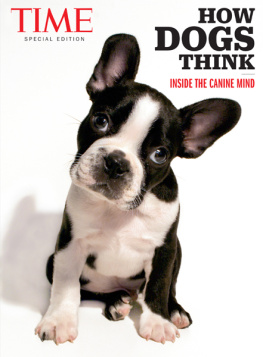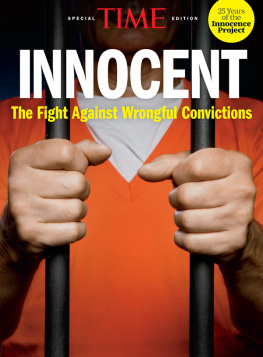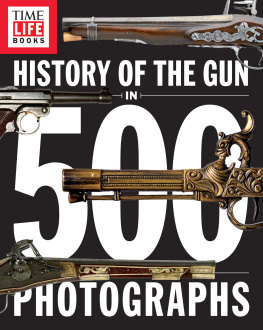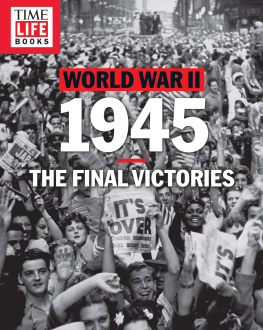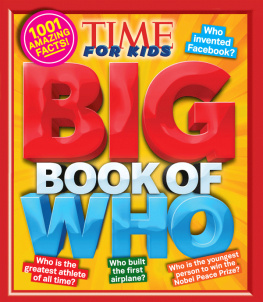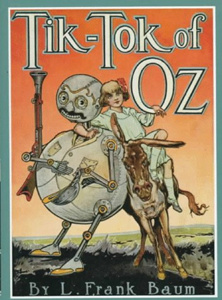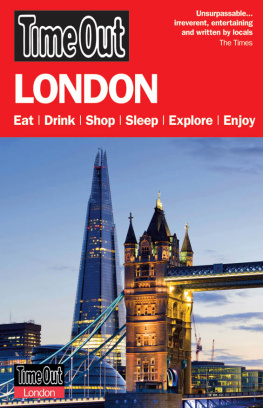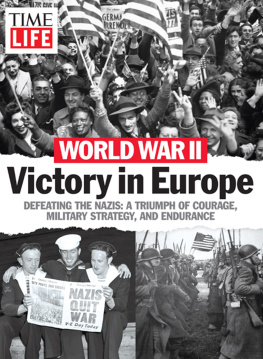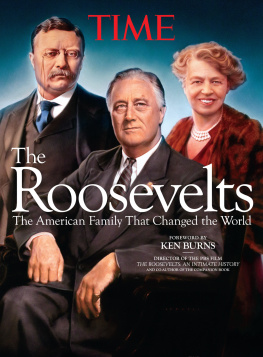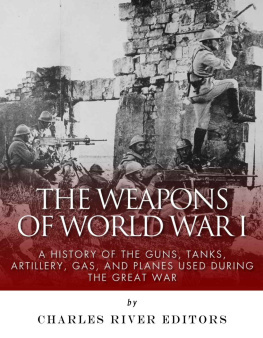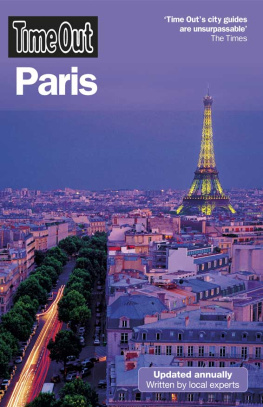The Editors of Time - TIME World War I: The War That Shaped Our World
Here you can read online The Editors of Time - TIME World War I: The War That Shaped Our World full text of the book (entire story) in english for free. Download pdf and epub, get meaning, cover and reviews about this ebook. year: 2017, publisher: TIME, genre: History. Description of the work, (preface) as well as reviews are available. Best literature library LitArk.com created for fans of good reading and offers a wide selection of genres:
Romance novel
Science fiction
Adventure
Detective
Science
History
Home and family
Prose
Art
Politics
Computer
Non-fiction
Religion
Business
Children
Humor
Choose a favorite category and find really read worthwhile books. Enjoy immersion in the world of imagination, feel the emotions of the characters or learn something new for yourself, make an fascinating discovery.

- Book:TIME World War I: The War That Shaped Our World
- Author:
- Publisher:TIME
- Genre:
- Year:2017
- Rating:4 / 5
- Favourites:Add to favourites
- Your mark:
- 80
- 1
- 2
- 3
- 4
- 5
TIME World War I: The War That Shaped Our World: summary, description and annotation
We offer to read an annotation, description, summary or preface (depends on what the author of the book "TIME World War I: The War That Shaped Our World" wrote himself). If you haven't found the necessary information about the book — write in the comments, we will try to find it.
The Editors of Time: author's other books
Who wrote TIME World War I: The War That Shaped Our World? Find out the surname, the name of the author of the book and a list of all author's works by series.
TIME World War I: The War That Shaped Our World — read online for free the complete book (whole text) full work
Below is the text of the book, divided by pages. System saving the place of the last page read, allows you to conveniently read the book "TIME World War I: The War That Shaped Our World" online for free, without having to search again every time where you left off. Put a bookmark, and you can go to the page where you finished reading at any time.
Font size:
Interval:
Bookmark:

WORLD WAR I
The War That Shaped Our World

Stripes and stars U.S. soldiers who remained in Russia until 1919 cheer the beginning of their journey home. They are displaying the flag backward, as Army regulations require it to be aligned on the right sleeve of uniforms. Or maybe they were too happy to notice their mistake.
Contents

Wearily we roll along British soldiers march through the muddy, battle-scarred fields of Flanders during the Battle of Passchendaele in 1917.
Noted historical novelist Jeff Shaara argues that the U.S. entry in the war is one of the primary reasons that Germany surrendered.
Photographs from the front lines capture the many facets of the first global war.
In four short years, three great empires collapsed, and new nations were born.
How an assassination in the tinderbox of the fractious Balkans sparked the worlds first global conflict.
A chart takes the measure of the two major coalitions that fought the war.
Fired by nationalism and talk of easy victories, enthusiastic troops mobilize for a short war.
A series of maps charts the conflicts major battles.
Attacking the Central Powers from an unexpected front, British, Australian and New Zealand soldiers get stuck in a quagmire on the Gallipoli Peninsula.
Three major offensives seek to break the wars gridlock, but each costly campaign fails to do so.
The Battle of Jutland is the only major naval conflict of the war, even as a British blockade and Germanys U-boats shape the wars course.
Germanys aggression at sea and a diplomatic gambit with Mexico drive the U.S. into the war.
The nations monarch Nicholas II abdicates, and Bolshevik socialists gain power.
After Americans enter the war, a collapsing Germany is forced to surrender.
The shortsighted Treaty of Versailles puts Europe on a course for a future war.
Uncle Sam wants you: the long, strange journey behind one of the conflicts most lasting images.
Introduction
America Tips the Scales
As the Great War descended into mass slaughter, the U.S. stepped in
By Jeff Shaara

Hail to the victors: joyous U.S. Army troops return to America in 1918, after helping bring four years of war to an end.
Not every war has a victor, or a vanquished foe. Korea, for example, produced neither, an unsatisfying result for all concerned. But where there is a clear-cut victory for one side over another, history and geography are often altered. Empires collapse, all-powerful leaders vanish, the boundaries between nations shift, some borders are eliminated altogether. In the case of World War I, all were true.
The war years, 1914 through 1918, can be described as some of the most dismal in human history: powerful nations slugged it out in what became a bloody stalemate, its killing fields narrow and well defined, a slice of Western Europe churned into the perfect ruin of a no-mans-land. The war stories include attacks and retreats, bloody disasters and short-lived successes, mistakes and brilliance and human carnage on a scale the world had never seen before. As so often happens, new technology had outpaced mans ability to adapt to it. The machine gun, poison gas, the tank, long-range artillery, the airplaneall were brought to a fight that began with men still advancing in long lines, some on horseback, straight into the guns of their enemy.
Though few leaders on either side would admit it, the great challenge facing their most inventive military minds was: How do we end this? Slaughter without victory can, and did, become slaughter without end. When both sides exercise an equal capacity for killing, what can be done to tip the scale?
Enter the U.S.
After three years of vain attempts to keep America neutral, President Woodrow Wilson finally committed the nations industrial might to our closest allies, the British and French. Steel, petroleum, chemicals, manufacturing: all the assets of a burgeoning industrial power were sent to the Continent. But it was manpower as much as hardware that our European allies required: their desperate hope was for fresh troops they could feed into the meat grinder that had already consumed a generation of young Frenchmen, Britons, Germans and others.
To command this force, Wilson selected Gen. John J. Pershing, a 56-year-old veteran of the Spanish-American War, a West Pointer with a rugged disposition and a reputation as a straight-backed disciplinarian. Pershing came with a nickname, Black Jack, picked up from his days commanding a unit of the Armys Buffalo Soldiers, a post that few white officers of the day had been willing to accept. He also had his detractors, mostly the Armys Old Guard, men perched in lofty offices in Washington, each one believing himself more capable for the task. But Wilson wouldnt bend. The job belonged to Pershing.
As the American Expeditionary Force mobilized, volunteers flocked to various training facilities across the U.S., and shortages of every kind of equipment emerged. Men trained with wooden rifles, wooden artillery pieces, fired nonexistent ammunition. The AEF officers scrambled to house, instruct and inspire this new fighting force, led by a man who knew the value of training. It was then that Pershing received a very special gift, offered to him by the commandant of the Marine Corps: two regiments of well-trained and experienced Marines. Pershing accepted the offer, and men accustomed to life on the sea would soon find themselves fighting as foot soldiers.
Once he arrived in Europe, Pershing came under immediate pressure from his Allied counterparts to distribute the newly assembled and barely trained Army into understrength French and British units, to plug the enormous holes caused by their unending war of attrition. But Pershing would have none of it: he insisted the Americans be kept together, under U.S. officers who would lead their men under an American flag. Skeptical European commanders warned that Pershings fledgling force would be no match for the hard-earned experience of their enemy, and argued that without European guidance, the wet-eared Americans would quickly become cannon fodder. Instead, Pershings men brought a surge of energy and fighting spirit that the brutal war had drained from the Allies.
If there had been doubts about the adaptability of the Marines to war on land, they soon vanished. In June 1918, at a large patch of forest known as Belleau Wood, these Marines, alongside U.S. Army and scattered Allied units, surprised and halted a massive German offensive that was driving hard toward the city of Paris. If the Germans occupied the French capital, the crumbling morale of the French army and its government would likely have resulted in surrender. Instead, the Americans offered their Allies something rare: a victory. They saved Paris.
In September 1918, Pershing drove his forces against the Germans in the Meuse-Argonne Offensive, where more than 500,000 Americans engaged in nearly two months of bitter fighting. For a German army accustomed to stalemate and the weakening resolve of its foe, Pershings brutal pressure resulted in Germanys acceptance of an armistice. At last, on Nov. 11, 1918, the war ended.
Next pageFont size:
Interval:
Bookmark:
Similar books «TIME World War I: The War That Shaped Our World»
Look at similar books to TIME World War I: The War That Shaped Our World. We have selected literature similar in name and meaning in the hope of providing readers with more options to find new, interesting, not yet read works.
Discussion, reviews of the book TIME World War I: The War That Shaped Our World and just readers' own opinions. Leave your comments, write what you think about the work, its meaning or the main characters. Specify what exactly you liked and what you didn't like, and why you think so.

